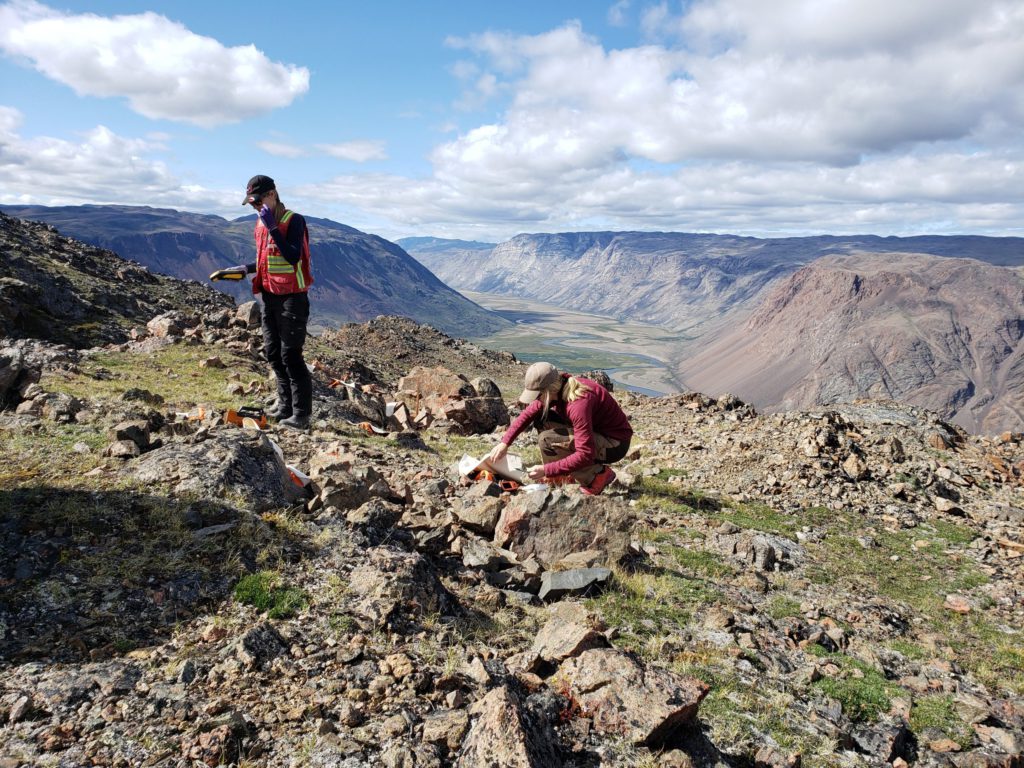Hudson Resources to focus on REE project following Greenland uranium ban

The ban, however, does not apply to prospecting, exploration and exploitation directed at non-uranium resources, if the average uranium content is less than 100 ppm.
This is good news for the company’s advanced Sarfartoq REE project, as it contains low levels of uranium (10 ppm) and high levels of REEs neodymium oxide (Nd2O3) and praseodymium oxide (Pr6O11), both key elements needed for permanent magnets used in wind turbines and motors in electric and hybrid vehicles.
About 27 million kg of Nd2O3 and 8 million kg of Pr6O11 have been defined as indicated and inferred resources on the property.
A preliminary economic assessment (PEA) completed in 2011 outlined a 21-year mine with a net present value of $616 million and internal rate of return of 31.2%.
“We are very excited about the future of the Sarfartoq REE project and the ability to be part of the critical metal supply chain into Europe and the Americas. We believe there is an excellent opportunity to build on and improve our 2011 PEA to outline a very robust project given the current strong REE pricing based on fundamental supply and demand,” Hudson’s president Jim Cambon commented in a new release.
On the other hand, Hudson’s Nukittooq niobium-tantalum project, which hosts some of the highest reported niobium assays in the industry, contains uranium values more than 100 ppm. As such, the company is reviewing its options for this project under the new legislation.
Both the Nukittooq and Sarfartoq projects are located on the company’s 100% owned Sarfartoq exploration license in southwestern Greenland.
Hudson also has a 31.1% equity interest in the White Mountain anorthosite mine, which is unaffected by the new uranium legislation.
Shares of Hudson Resources rose 6.2% by 11:30 a.m. EDT. The company has a market capitalization of C$15.1 million.




